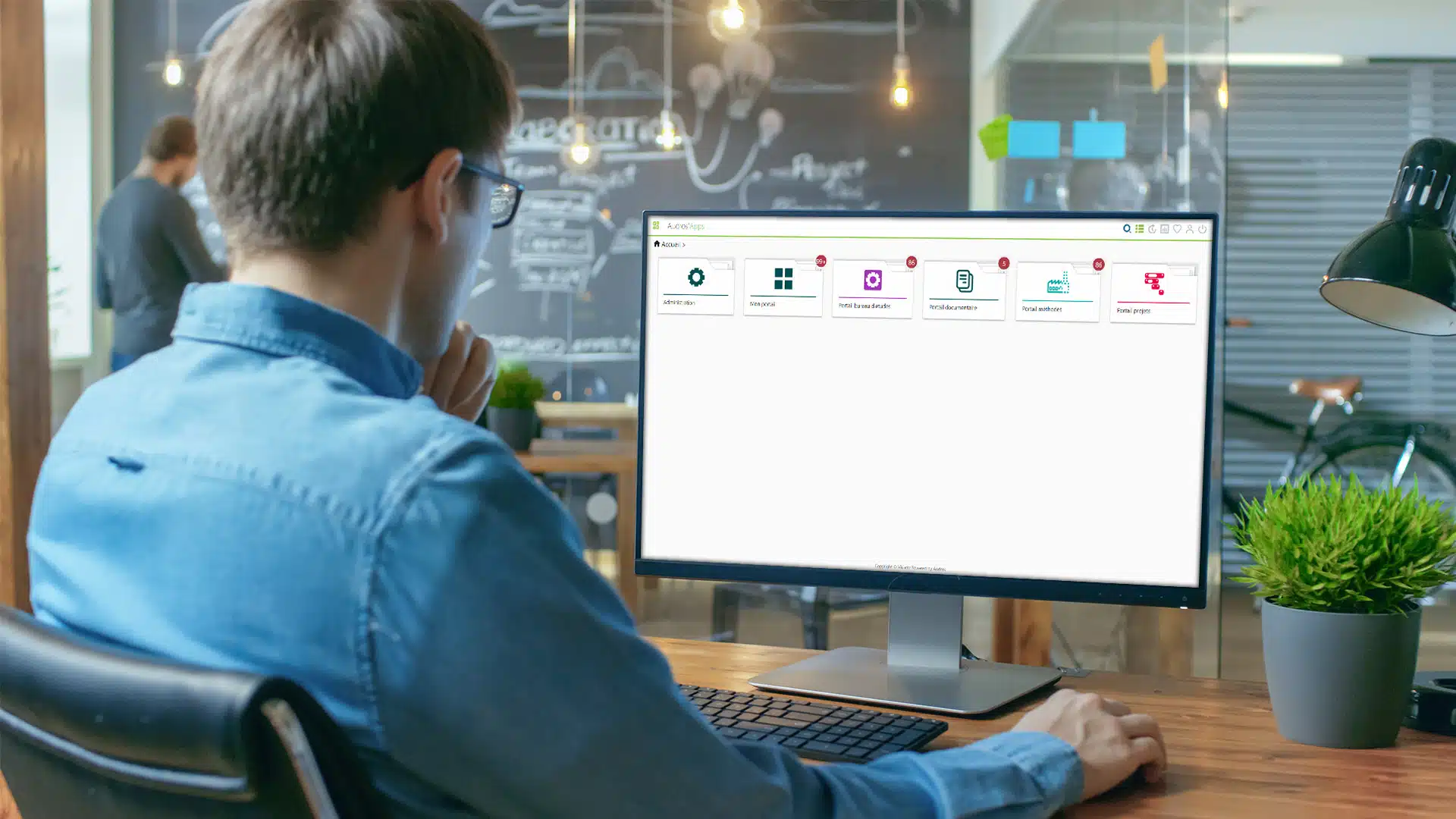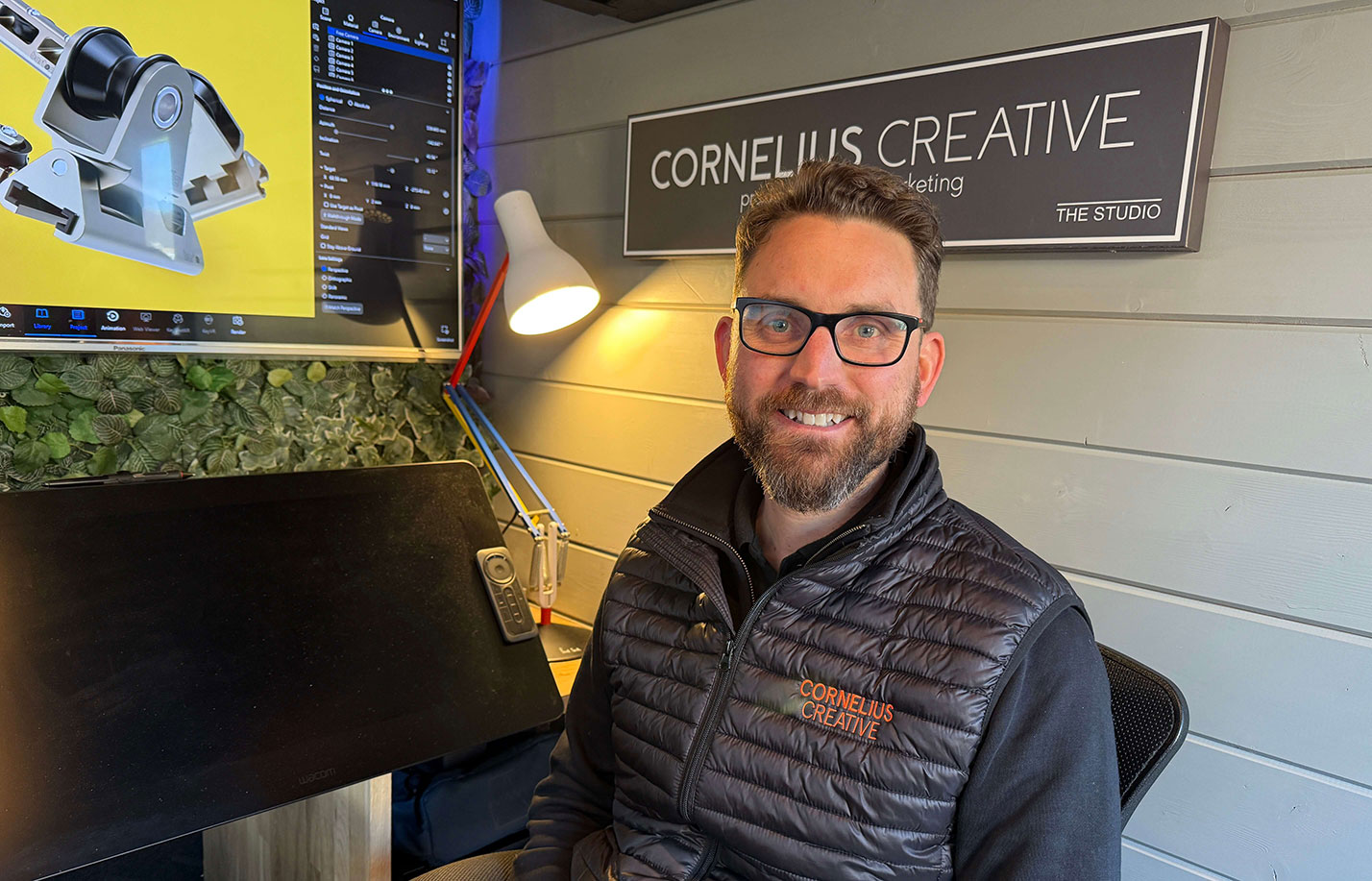PLM: the answer to all our problems!
10 June 2024
UK manufacturers certainly have a few challenges facing them at the moment. The challenges of improving productivity in order to take advantage of increasing order books and new opportunities while wrangling with the issues of one of the worst skills and labour shortages we have ever known. Add to that the increasing pressure to make the changes required to satisfy the country’s “net zero” ambitions and no one would blame you for being overwhelmed on behalf of the UK’s manufacturers.
In this article, Visiativ UK’s Sandy Findlay looks at how implementing a “product lifecycle management” culture and discipline with some investment in an appropriate PLM application can help manufacturers address these challenges by allowing teams to share information, collaborate more effectively, be more responsive, and make their limited R&D budgets stretch that bit further and with more impressive results.
Why PLM?
PLM as a business discipline is not new. In the eighties, American Motor Corporation, faced with the challenge of competing with the substantial R&D resources of competitors such as Ford and General Motors, used computer-aided design and improved communications to allow its designers and engineering teams to reduce development times and costly engineering changes through the R&D phase. Applying these disciplines, it was able to prolong the life of its flagship brand, “Jeep,” producing first the Jeep Cherokee (which launched the SUV product category) and later the Jeep Grand Cherokee. The focus on refining and improving these practices by Chrysler, when it acquired AMC, allowed it to achieve “development costs’ less than half of the average cost of development within the automotive industry at the time!
So, we can see that improved communication and greater collaboration could be critical to any manufacturer’s response to the pressing challenges they are facing. The discipline of managing information collection and analysis through ideation, design, engineering, manufacture, product servicing, and ultimately, product disposal is invaluable in understanding the utilisation of resources throughout a company’s operations.
PLM on steroids
Now imagine the impact on the value of PLM as a business competitiveness tool by digitalising the processes: allowing effortless extension of the scope of information gathering and analysis, accelerating the speed and scope of information sharing, on decision-making and collaboration.
Well-designed and implemented PLM solutions enable the integration of information from existing applications, allowing you to share mission-critical information from your existing solutions through the design and manufacture process, sharing information from your CAD (computer-aided design) app’ on the design and componentry of products with ERP (enterprise resource planning), allowing you to plan and ensure effective resourcing at all stages in the manufacturing process.
The ability for everyone, not only in the company but throughout your supply chain, to see the changing specifications and resource requirements as they evolve lets everyone contribute to planning and scheduling. The open real-time exchange of information and consultation reduces errors through the value chain and speeds up the progress through design and development into manufacture. In turn, this allows companies to be more responsive to rapidly changing business conditions, such as shortages of specific components or materials, skills and labour shortages, and ever-changing customer demands. However, PLM will also support mid-term and long-term gains in productivity (quicker, more effective resolution of issues through the value chain drives higher output per man hour) and reductions in carbon emissions (stemming from more effective manufacturing processes reducing raw materials consumption, waste through materials redundancy and reduced reworking through the manufacturing process).
We hope this article provides food for thought on improving the effectiveness and impact of your R&D budget by implementing PLM. By employing open communications and collaboration, PLM can reduce your time and cost to market for product revisions and new products while offering customers greater responsiveness and better-engineered solutions.
In the meantime, if you have any questions or would like to discuss how digitalising some of your company’s manufacturing processes could give your company a competitive advantage, please contact Sandy Findlay, Partnership Director at Visiativ on sandy.findlay@visiativ.co.uk or call him on 0780 773 9033.








